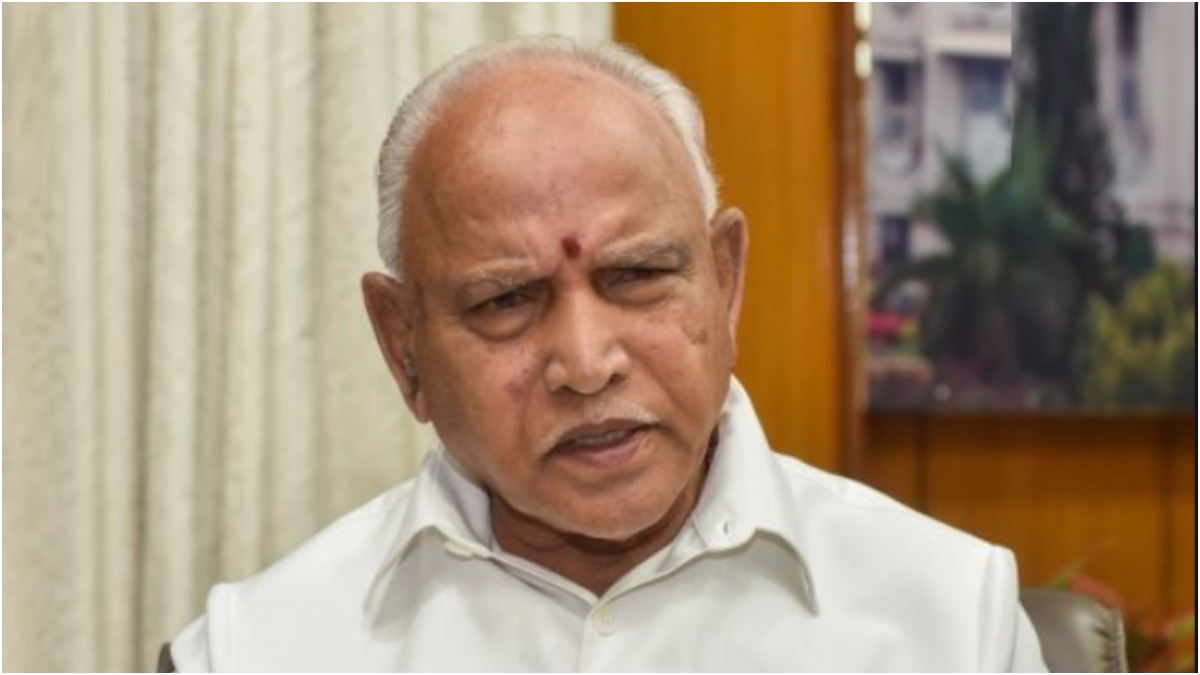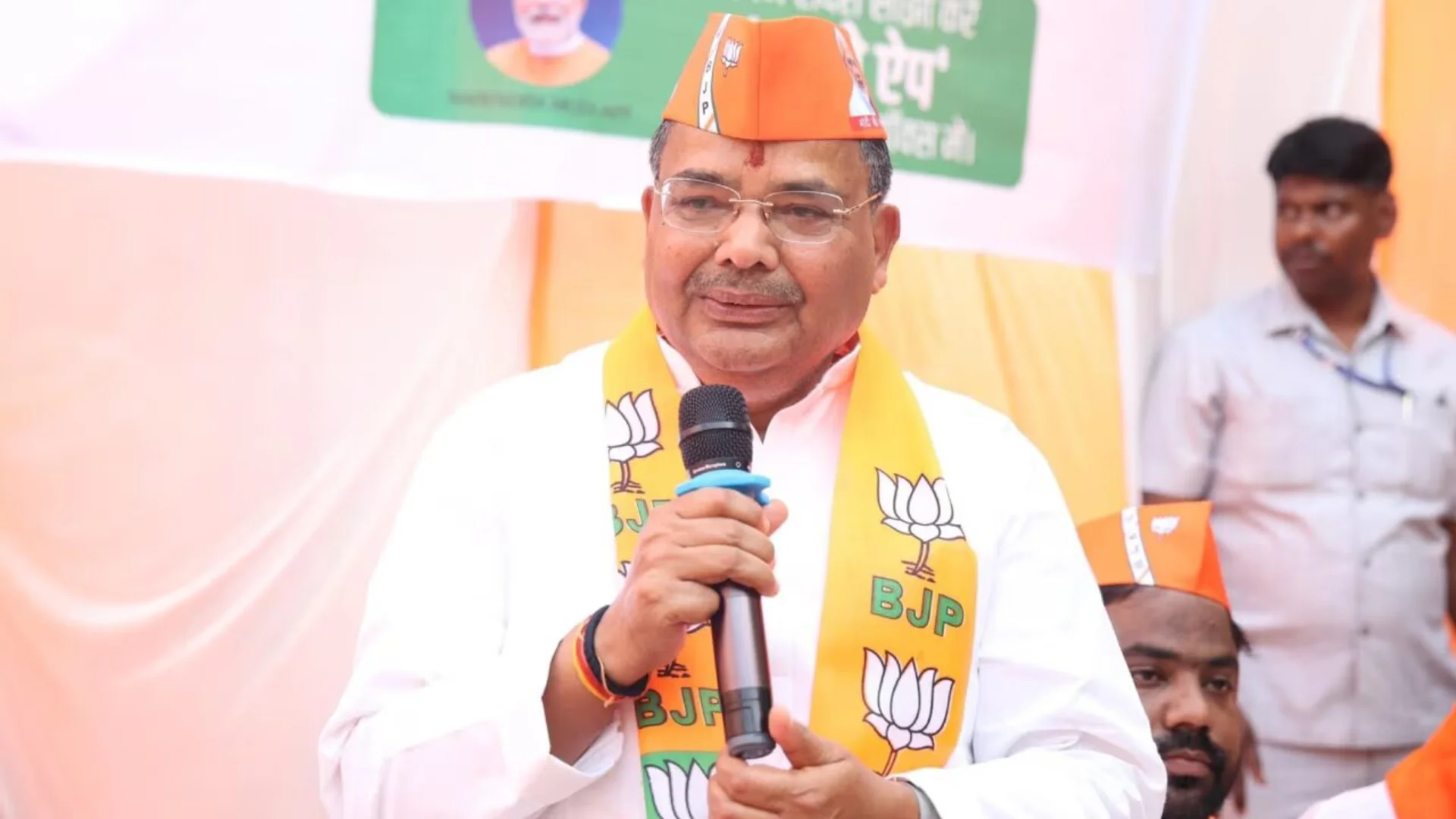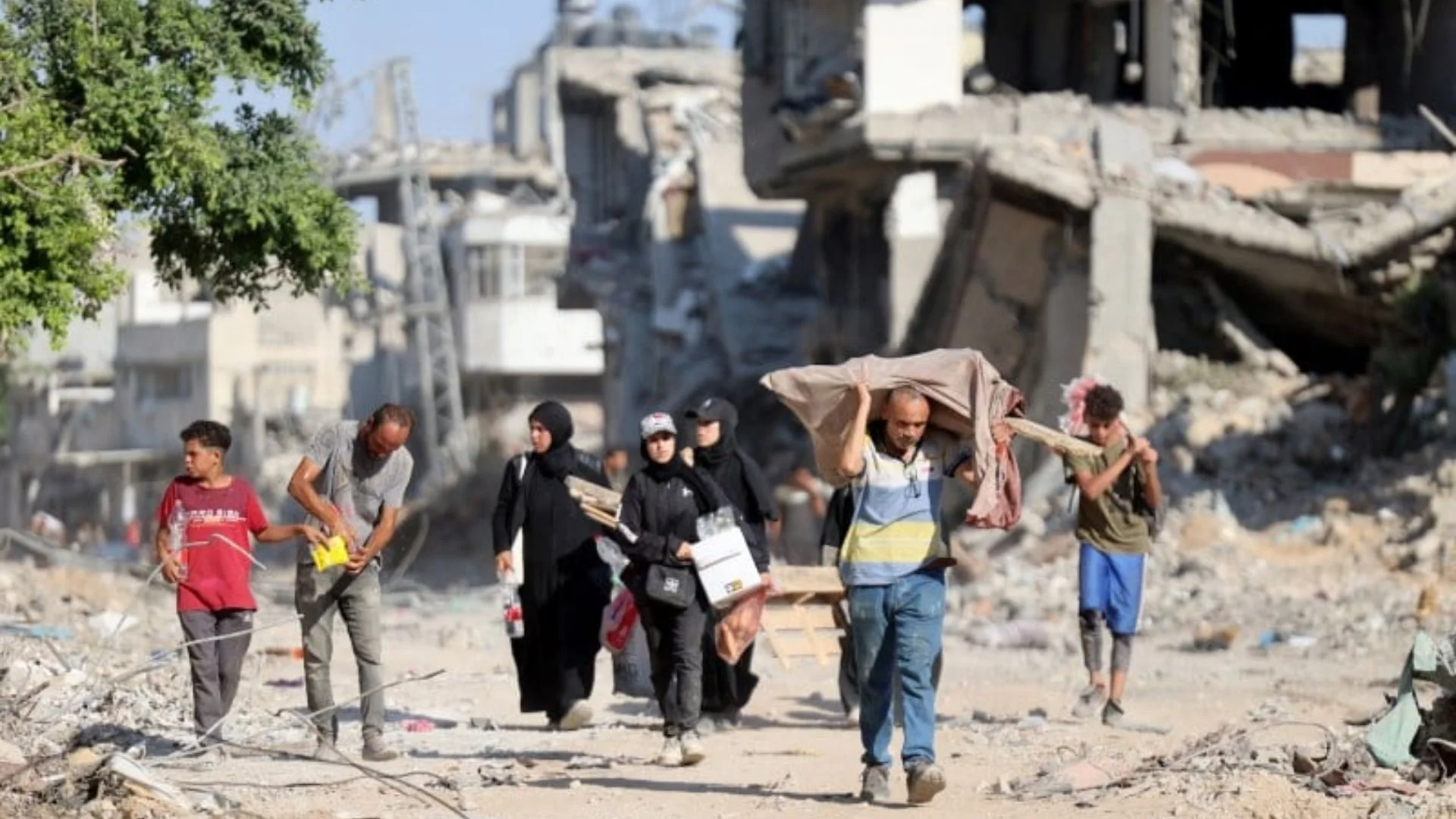
With just five days to go for the end of Lockdown 2.0, the Karnataka government on Tuesday took a cautious approach towards relaxing the lockdown clamped on the state over the last 36 days.
In what could be termed as a graded easing, the government has divided the state into three zones—Red, Yellow and Green, categorized according to detected Covid-19 positive cases. All the districts under red zone are those with a high number of cases and hence the currently imposed restrictions will continue.
Bengaluru Urban, which has the highest number of cases in the state, with 134 patients and five deaths, leads the red zone. The state’s home department has allowed operations of only essential services, its related supply chain and construction activity. Even IT and ITES companies have restrictions of operating with only minimal and essential staff. “Not allowing resumption of economic activity is hurting the state’s financial health. It was a tough call, but was inevitable. We are hoping things will turn better in the next five days and if we see considerable decline we might open up certain sectors in the IT capital. But it will be an informed call and would be decided only after taking cue from the Ministry of Home Affairs (MHA),” a highly placed source in the Chief Minister’s Office told The Daily Guardian.
Three other cities that were robust with economic activities, have made it to the red zone—Mysore, Mangaluru and Belgavi. This has further hard pressed the state government as far as revenue generation is concerned. Eight districts in the red zone make up for more than 60% of the total 520 coronavirus cases of Karnataka.
The second category, which is Yellow, has moderate cases of Covid-19 and in this scenario, the district administration has been given the prerogative to declare relaxation. Bengaluru Rural, Bellary, and Dharwad are major districts under this colour and may soon see some easing on certain sectors where social distancing is not that hard to practice, especially in the industrial sector including mining and manufacture.
The silver-lining during this pandemic and lockdown, which has become the new normal is the Green Zone. In 14 districts that come under this category, most of them have registered minimum or nil cases of Covid-19. “These districts will witness the maximum relaxation in several sectors and will be keenly watched by the state and the Centre. For almost 35 days, there has not been any change in the outbreak. The lockdown has been quite fruitful. So, with due precautions, we are relaxing norms. Of course there will be course correction if we see any Covid activity,” sources said. Ramangara, Haveri and Davangere are some districts that have been dotted with industries and the relaxation will restart houses such as Toyota, Bosch, Coca Cola, Herman Miller, Kirloskar and many others after being shut down for well over a month.
In the Green zone, the government has now allowed industries operating outside rural areas, municipal areas, SEZs, EOUs and industrial townships. However, the onus is with the companies as far as their accommodation is concerned. Apart from this, all individual shops, neighbourhood shops will be opened with conditions like compulsory social distancing and wearing masks.
After much dillydallying, the state government has taken these decisions, which were imperative as the state is suffering from a low revenue collection, unexpected expenditure on calamities and lesser allocation after devolution of funds on the GST front. What remains to be been is if this is enough to crank up the economy, and how long the state’s breadwinner, Bengaluru, will be locked out!















